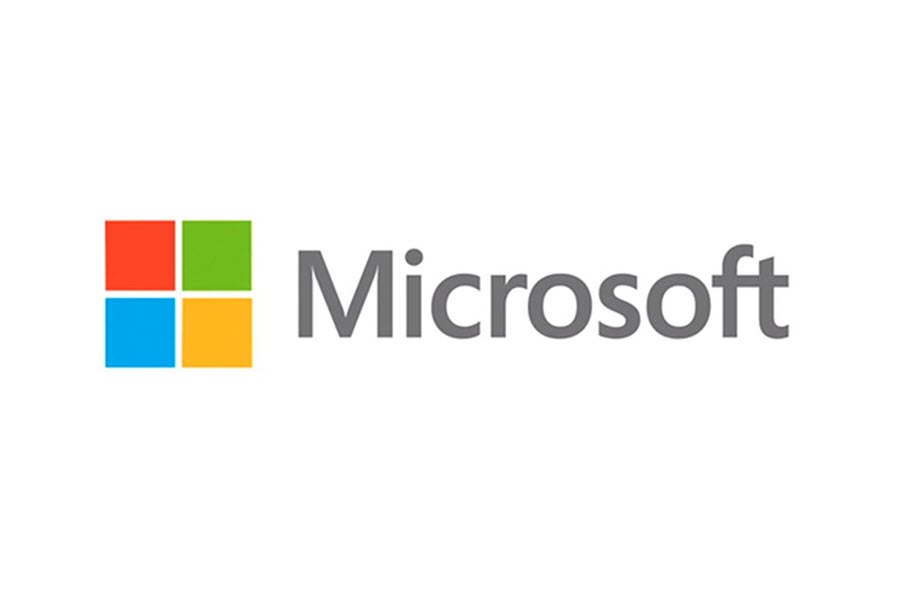Microsoft Ups Airband Deployment Target

Microsoft is expanding its Airband Initiative, which uses unlicensed "white spaces" spectrum in the TV band to deploy broadband to rural and underserved communities, and wants the government to contribute some money to incentivize that expansion, with the money going to deployment 'partners' like ISPs.
It had initially planned to bring access to 2 million people by July 2022, but Microsoft President Brad Smith announced in Washington Tuesday (Dec. 4), that it was ahead of schedule and was upping the ante to 3 million by that date.
He said that by December of next year the initiative would be in 25 states and added that the company would continue to "advocate for public policies to accelerate the investment in TV white spaces technologies that are needed."
Related: Microsoft/RTO Team on Rural Broadband Initiative
The FCC is currently working out the framework for the additional white spaces spectrum sharing made possible by the broadcast incentive auction. Broadcasters are concerned that the FCC needs to do more vetting of the process, particularly the database managers responsible for making sure that broadband service avoid the licensed TV services in the band. The National Association of Broadcasters declined to comment on the expansion, which Microsoft is arguing the government should invest in as well as clear the regulatory runway.
"As we deepen our commitment to bringing broadband to rural America, we believe the country can raise its ambition as well," Smith blogged.
"We think it’s time to look at how the country spends public money and re-target a small portion of those funds in ways that will close the broadband gap more quickly. To date, almost 90 percent of the money spent by the federal government on rural broadband has been spent on laying fixed lines, primarily fiber-optic cables — a solution that costs at least three to four times more than wireless technologies. We think there is a better way. If the federal government reallocates just a small additional fraction of public money toward incentives for TV white spaces devices, it will help accelerate adoption, bring costs of devices down and help the ecosystem lift off."
Broadcasting & Cable Newsletter
The smarter way to stay on top of broadcasting and cable industry. Sign up below
Related: Microsoft Pushes for TV White Spaces
Smith said Microsoft isn't asking for the government handout, which makes sense given that the company is one of the largest in the world. "None of this funding would go from the government to Microsoft," he said, "but it would be available to the telecommunications partners [ISPs] whom we are working to assist."
But he is also looking for regulatory help.
"Moving faster will also require updating federal regulations governing the use of TV white spaces to free up this often unused and plentiful spectrum for rural broadband," he added.
Smith says the government needs to get a move on. "It took 50 years to electrify the nation," he says. "The millions of Americans waiting for broadband don’t have the luxury of time." Broadcasters, by contrast, want the FCC to pause long enough to make sure that licensed broadcasters won't be harmed in the rush to unlicensed broadband.
Microsoft, which has long eagerly eyed the low-band TV spectrum, also joined with ACT: The App Association and various rural and education groups to form the Connect Americans Now (CAN) coalition to push for closing the rural divide using TV white spaces.
Contributing editor John Eggerton has been an editor and/or writer on media regulation, legislation and policy for over four decades, including covering the FCC, FTC, Congress, the major media trade associations, and the federal courts. In addition to Multichannel News and Broadcasting + Cable, his work has appeared in Radio World, TV Technology, TV Fax, This Week in Consumer Electronics, Variety and the Encyclopedia Britannica.

